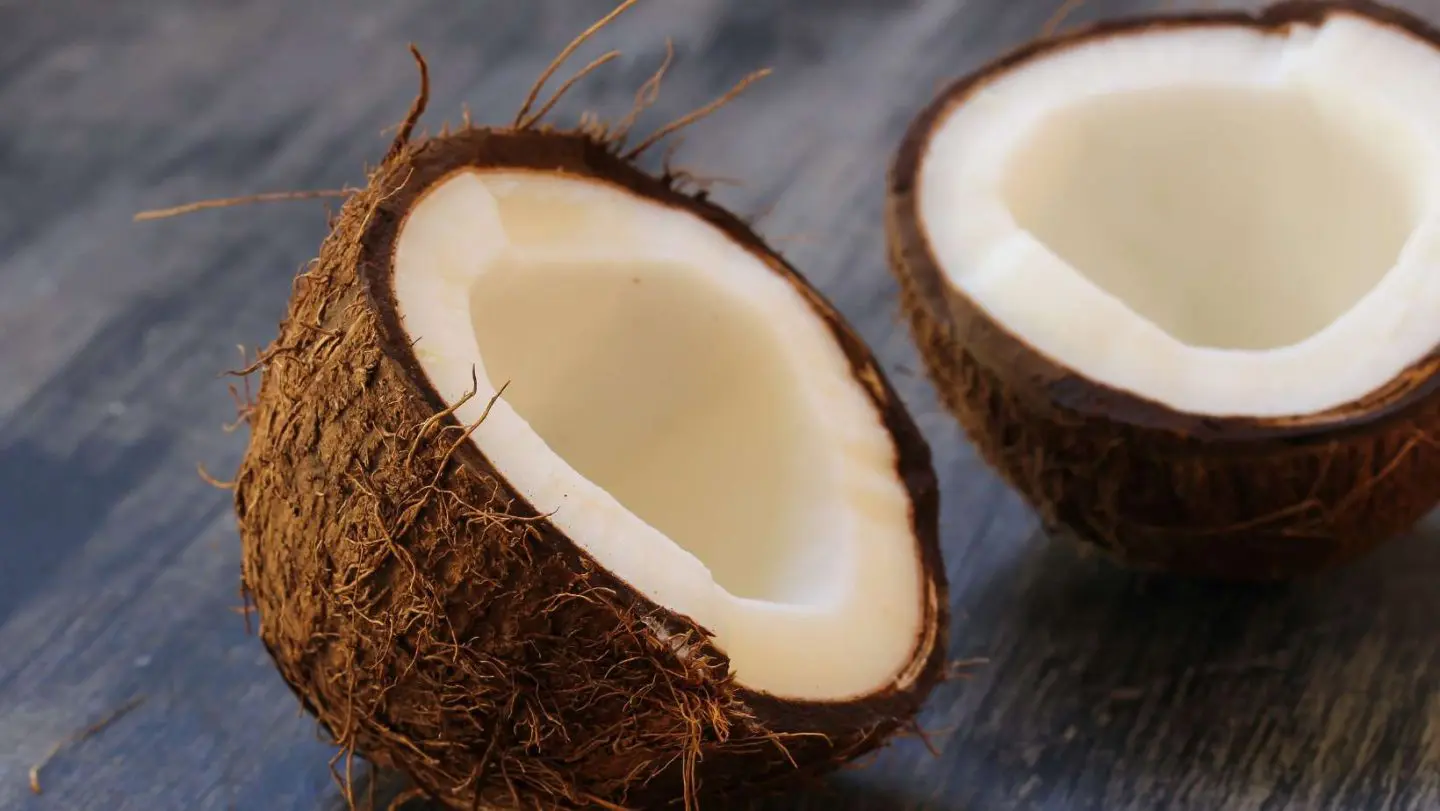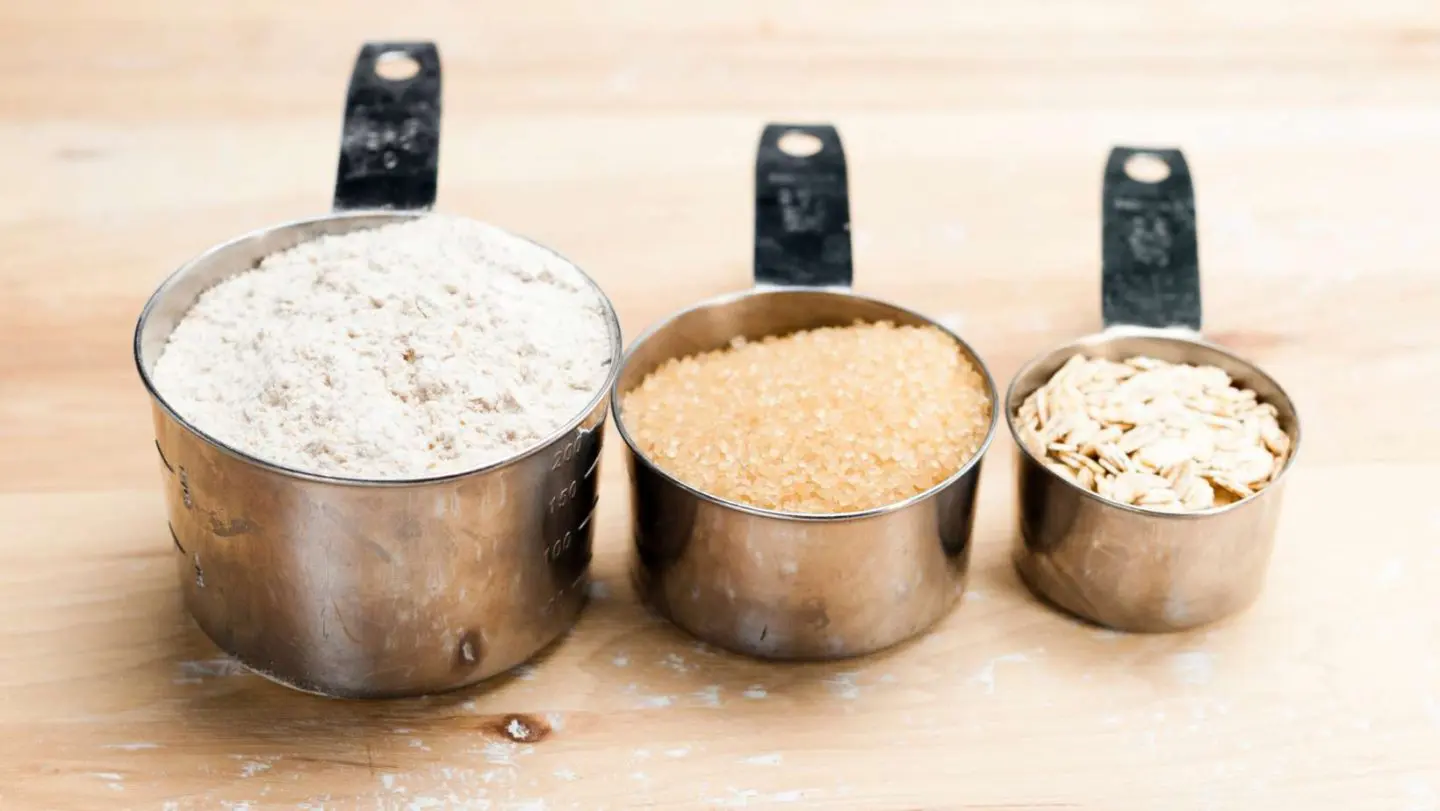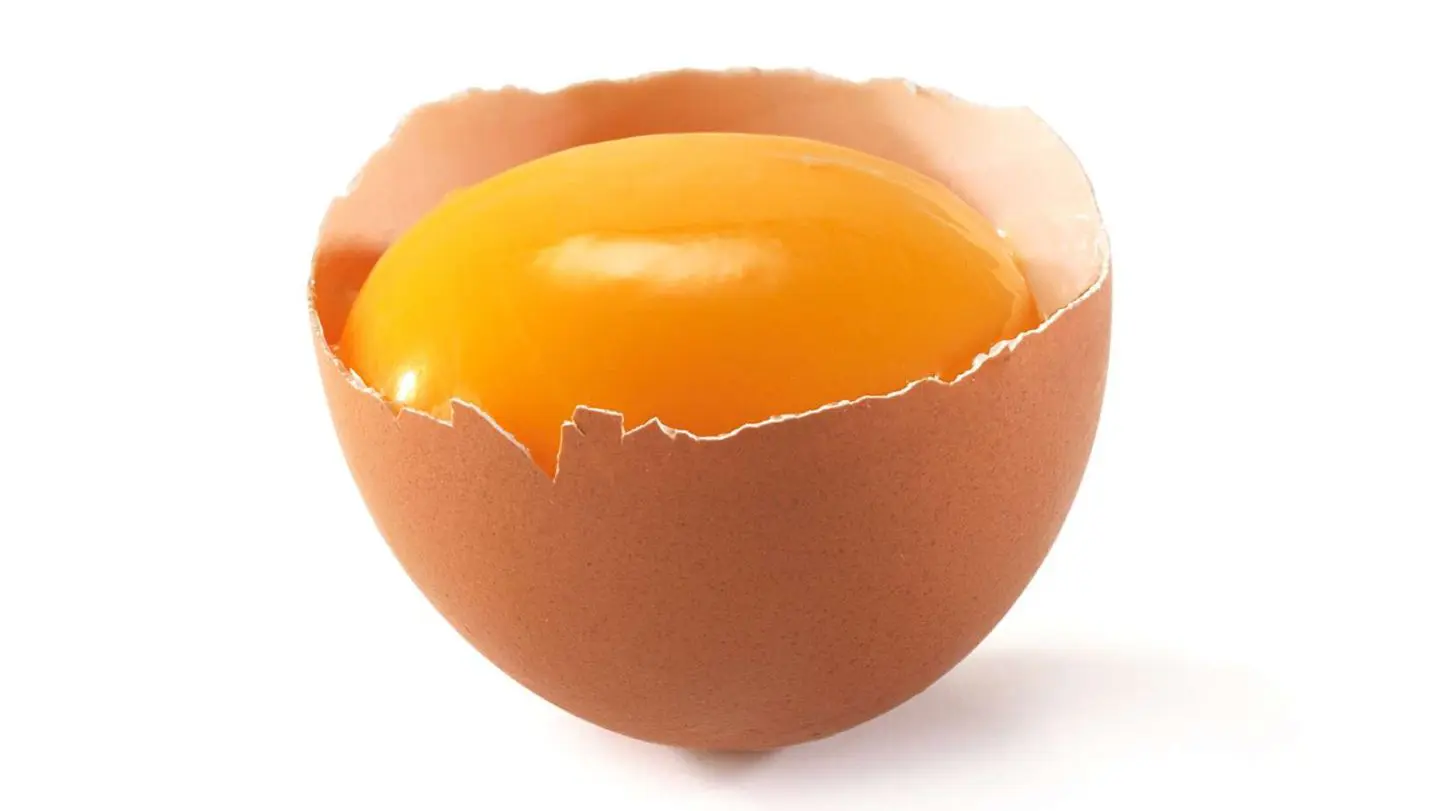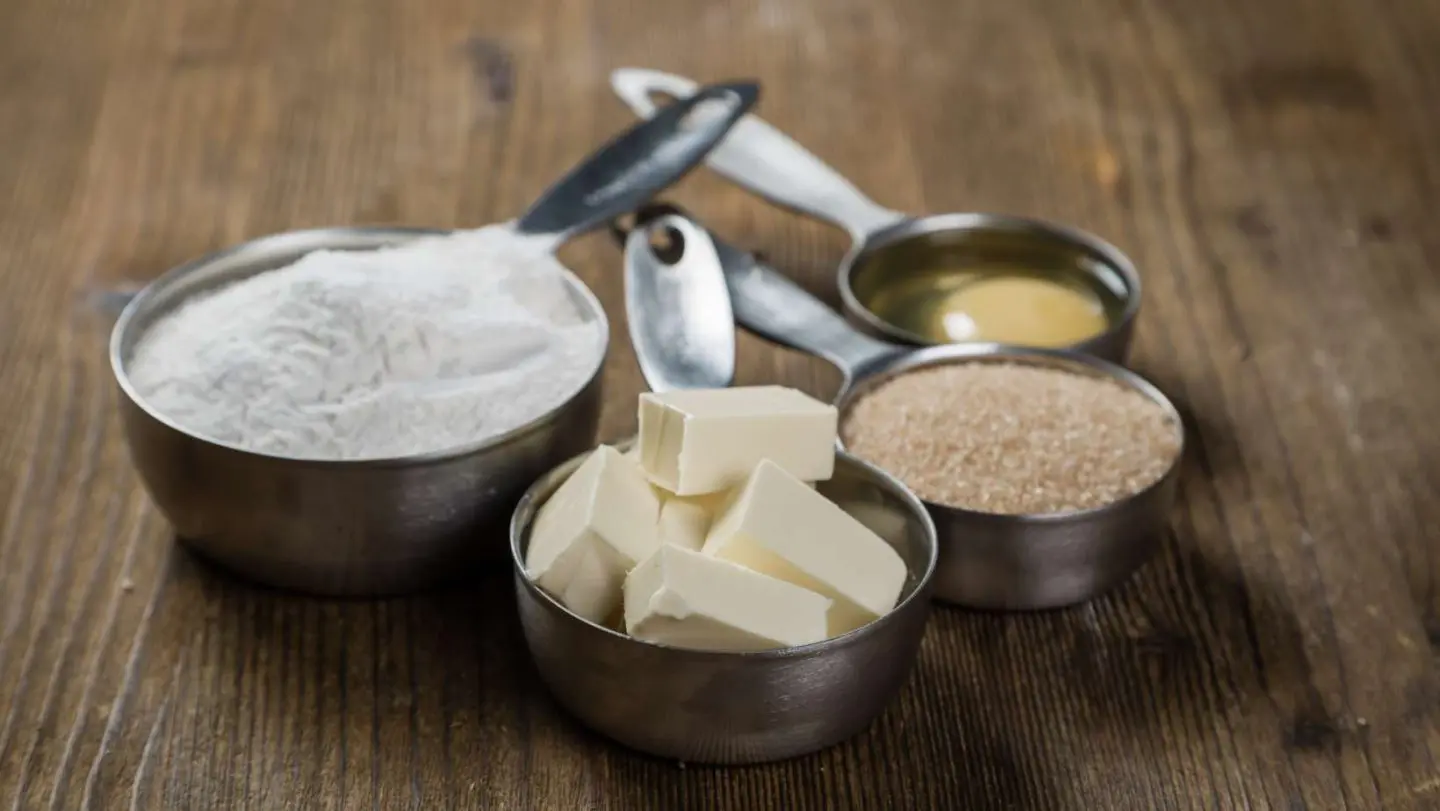Disclosure: We only recommend products we would use ourselves and all opinions expressed here are our own. This post may contain affiliate links from which, at no additional cost to you, we may earn a small commission.
Ever found yourself with a recipe that serves eight but you only need enough for four? Or maybe you’ve stumbled upon a mouth-watering dish, but you’re short on ingredients. Fear not, dear reader, because we’re here to make your culinary dreams come true with this cheeky guide on how to cut a recipe in half. We’ll walk you through the tips, tricks, and conversions you need to create smaller portions of your favorite recipes without breaking a sweat!

The Art of Cutting a Recipe in Half
Why Cut a Recipe in Half?
There are plenty of reasons you might want to cut a recipe in half. Maybe you’re cooking for a smaller group, or perhaps you’re trying to be mindful of food waste. Whatever the reason, knowing how to scale down a recipe is an essential skill for any home cook.
Common Pitfalls and Challenges
While it might seem as simple as halving each ingredient, cutting a recipe in half can be a bit more complicated than that. For example, you’ll need to adjust the cooking time and temperature, and some ingredients may not divide as easily as others. But don’t worry—we’ll cover all these challenges and more!
Helpful Tips for Success
- Be mindful of the cooking time: Cutting a recipe in half often means reducing the cooking time. Keep an eye on your dish to avoid overcooking.
- Adjust for flavor: When halving a recipe, you might need to tweak the seasoning or spices. Taste as you go to ensure the flavor is just right.
- Take note of ingredient texture: Some ingredients, like eggs or cheese, can be a bit tricky to halve. We’ll discuss how to handle these a bit later.

Recipe Conversion Chart and Conversion Factors
Conversion Chart Essentials
When cutting a recipe in half, having a handy conversion chart will save you loads of time and mental math. We’ve got you covered with a quick reference table to help you divide those measurements like a pro.
How to Divide Measurements
Here’s a visual to help you figure out the measurements you need.
| Original Amount | 1/2 the Amount | 1/3 the Amount |
|---|---|---|
| 1 cup | 1/2 cup | 1/3 cup |
| 3/4 cup | 6 tbsp | 1/4 cup |
| 2/3 cup | 1/3 cup | 3 tbsp+ 1-1/2 tsp |
| 1/2 cup | 1/4 cup | 2 tbsp + 2 tsp |
| 1/3 cup | 2 tbsp + 2 tsp | 1 tbsp + 1-1/4 tsp |
| 1/4 cup | 2 tbsp | 1 tbsp + 1 tsp |
| 1 tbsp | 1-1/2 tsp | 1 tsp |
| 1/2 tsp | 1/4 tsp | 1/8 tsp |
| 1/4 tsp | 1/8 tsp | Dash |
How to Halve Measurements
Now that you have a handy conversion chart, let’s dive into some common measurements that might need a bit of clarification when cutting a recipe in half.
- What is half of 3/4 cup? Easy peasy—just use 6 tablespoons.
- What is half of 1/3 cup? Grab 2 tablespoons and 2 teaspoons, and you’re good to go.
- What is half of 1/8 teaspoon? A dash will do the trick!
Time Management
How to Adjust Cooking Times for Half Recipes
When you cut a recipe in half, it’s essential to adjust the cooking time accordingly. A smaller portion generally cooks faster, so you’ll want to keep a close eye on your dish. A good rule of thumb is to start checking for doneness at about two-thirds of the original cooking time.
Cooking Time vs. Cooking Times
When cutting a recipe in half, you might come across “cooking time” and “cooking times.” While they sound similar, they’re not interchangeable. “Cooking time” refers to the total amount of time it takes to cook a dish, while “cooking times” refers to various stages throughout the cooking process.

Mastering Egg Halves and Dairy Delights
How to Cut an Egg in Half
Eggs can be a bit tricky when it comes to halving recipes. If a recipe calls for one large egg, simply whisk the egg in a small bowl and then measure out approximately half of the mixture. For recipes requiring egg whites or yolks, you might need to do a little bit of math to find a suitable substitute.
Heavy Cream vs. Light Cream
Heavy cream and light cream have different fat contents, which can affect the texture and flavor of your dish. When cutting a recipe in half, stick with the type of cream specified in the original recipe to ensure the best results.
Heavy Whipping Cream vs. Whipping Cream
Heavy whipping cream and whipping cream are often used interchangeably in recipes. However, heavy whipping cream has a slightly higher fat content, which can impact the dish’s richness. If you’re cutting a recipe in half and it calls for heavy whipping cream, you can safely use regular whipping cream as a substitute, but be mindful that the final result might be slightly less rich.

Essential Kitchen Tools for Halving Recipes
Measuring Cups and Cutting Boards
Accurate measurements are crucial when cutting a recipe in half. Invest in a good set of measuring cups and spoons to ensure your measurements are spot-on. A high-quality cutting board is also a must for any home cook, providing a sturdy surface for chopping, dicing, and slicing.
Chef Knife and Paring Knife
A sharp chef’s knife and paring knife are essential for preparing ingredients when cutting a recipe in half. The chef’s knife is perfect for slicing, dicing, and mincing, while the paring knife is ideal for peeling and trimming smaller ingredients.
Egg Bowl for Separating Eggs
An egg separator or egg bowl is a handy tool for dividing egg yolks and whites when halving a recipe. Simply crack the egg into the separator, and the white will pass through while the yolk remains in the bowl. If you don’t have an egg separator, you can also use the shell to separate the yolk from the white by passing the yolk back and forth between the two halves.
This one is our favorite because it works so well and, well, it’s so cute!
Use a Scale for Measuring
A kitchen scale is an invaluable tool for halving recipes, especially when it comes to measuring tricky ingredients like flour or butter. Using a scale ensures you have the exact amount required, which can greatly impact the outcome of your dish.
Other Tips for Halving Recipes
- Adjust for texture and flavor: Be mindful that halving a recipe might affect the dish’s texture and flavor. Taste as you go, and adjust seasonings as needed.
- Avoid common mistakes: Double-check your measurements and cooking times to avoid over- or under-cooking your dish.
Frequently Asked Questions
Is it OK to cut a recipe in half?
Yes, it’s perfectly fine to cut a recipe in half. Just be sure to adjust the cooking time and temperature accordingly, and use the proper measurements for each ingredient.
How do you reduce a recipe?
To reduce a recipe, simply divide the ingredient measurements by the desired factor (e.g., 2 for cutting in half, 3 for cutting into thirds, etc.). Be sure to also adjust the cooking time and temperature as needed.
Can you half measurements in baking?
Yes, you can half measurements in baking. However, be cautious with certain ingredients like eggs, which may need a more precise measurement. Also, be mindful of how the reduced measurements might impact the texture and flavor of the baked goods.
How do you do half measurements in cooking?
To do half measurements in cooking, refer to a conversion chart or use a kitchen scale to ensure accurate measurements. Be sure to taste your dish as you cook and adjust seasonings as needed.
How to cut a watermelon in half?
To cut a watermelon in half, first place the watermelon on a stable cutting board. Using a sharp chef’s knife, slice through the center of the watermelon lengthwise, applying even pressure to cut it in half.
How to adjust the cooking time for a slow cooker recipe when halving it?
When halving a slow cooker recipe, start by reducing the cooking time to about two-thirds of the original time. Keep an eye on the dish as it cooks, and adjust the cooking time as needed to ensure it reaches the desired level of doneness.
How do I convert measurements when cutting a recipe in half?
Use a conversion chart or a kitchen scale to help you accurately convert measurements when cutting a recipe in half. This will ensure that you use the correct amounts of each ingredient, which is crucial for the success of your dish.
Conclusion
Now that you’re armed with the knowledge and skills to cut a recipe in half, go forth and conquer those delicious dishes with confidence! Remember to keep a close eye on cooking times and temperatures, use accurate measurements, and taste as you go to ensure the perfect outcome. With a bit of practice, you’ll soon become a pro at halving recipes and creating delicious, smaller portions for your friends and family to enjoy. Happy cooking!
Be sure to check out our recipes tab for some home cooking inspiration!
